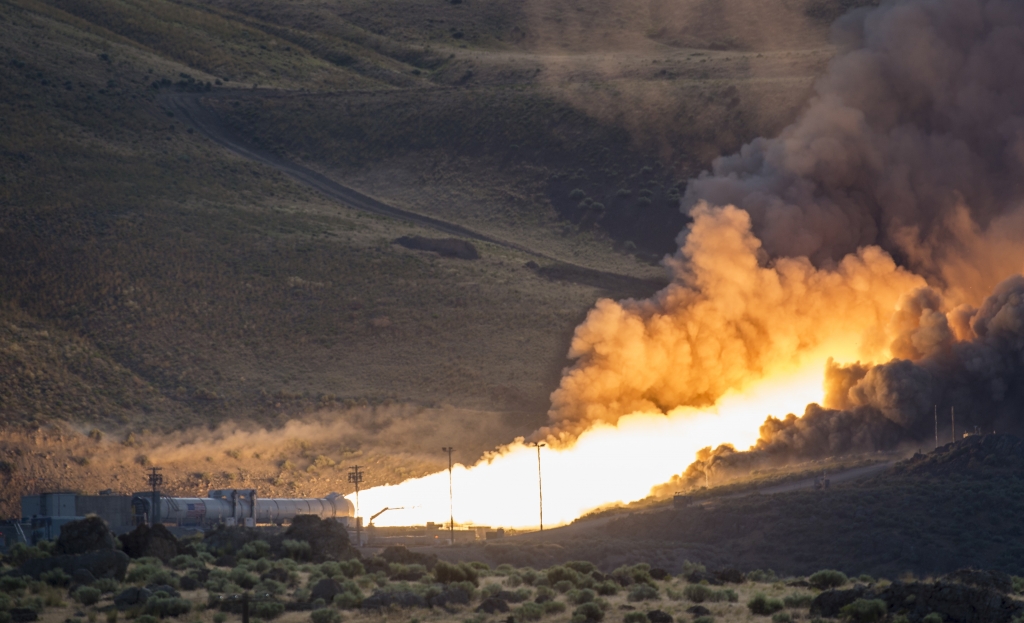-
Tips for becoming a good boxer - November 6, 2020
-
7 expert tips for making your hens night a memorable one - November 6, 2020
-
5 reasons to host your Christmas party on a cruise boat - November 6, 2020
-
What to do when you’re charged with a crime - November 6, 2020
-
Should you get one or multiple dogs? Here’s all you need to know - November 3, 2020
-
A Guide: How to Build Your Very Own Magic Mirror - February 14, 2019
-
Our Top Inspirational Baseball Stars - November 24, 2018
-
Five Tech Tools That Will Help You Turn Your Blog into a Business - November 24, 2018
-
How to Indulge on Vacation without Expanding Your Waist - November 9, 2018
-
5 Strategies for Businesses to Appeal to Today’s Increasingly Mobile-Crazed Customers - November 9, 2018
NASA all set to test booster for world’s most powerful rocket!
This is the last time the booster will be fired in a test environment before the first test flight of SLS with NASA’s Orion spacecraft, known as Exploration Mission-1 (EM-1), in 2018.
Advertisement
The final experiment will take place in the Utah desert Tuesday morning – and we can all watch it live as it happens via the space agency’s webstream.
Solid rocket boosters like the QM-2 are required for heavy lift vehicles like the SLS. This is the second ground test for the rocket, which weighs 1.6 million pounds and will produce 3.6 million pounds of thrust. It will be the most powerful rocket in the world. It will be ejected from the booster at Mach 3 during the 126-second burn and reach temperatures of up to 3,700 degrees Fahrenheit, actually reaching temperatures of up to 5,600 degrees Fahrenheit inside the motor chamber. The 2015 test checked how the SRB worked at the top of that rage – 90 degrees F. Today’s test requires the booster be cooled to 40 degrees F with giant air conditioning units.
One of the biggest issues is that of assigned launched missions that will ensure that the SLS is tested many times before a crewed mission to Mars is mounted. They will also be observing the command and control Booster Separation Motor System.
The test was a rehearsal with the super-sized, five-segment version of a four-segment booster design that was used during the space shuttle program.
The booster in Promontory, Utah.
As of June 28th, 2016, the spacecraft will be tested to see just how ready it is for Exploration Mission-1, planned for 2018.
Orbital ATK is a global leader in aerospace and defense technologies.
Advertisement
“That rumble that you get is awesome”, Charlie Precourt, Vice President and General Manager of Orbital ATK’s Propulsion Systems Division said on NASA TV. Headquartered in Dulles, Virginia, Orbital ATK employs approximately 12,000 people in 18 states across the US and in several global locations.




























